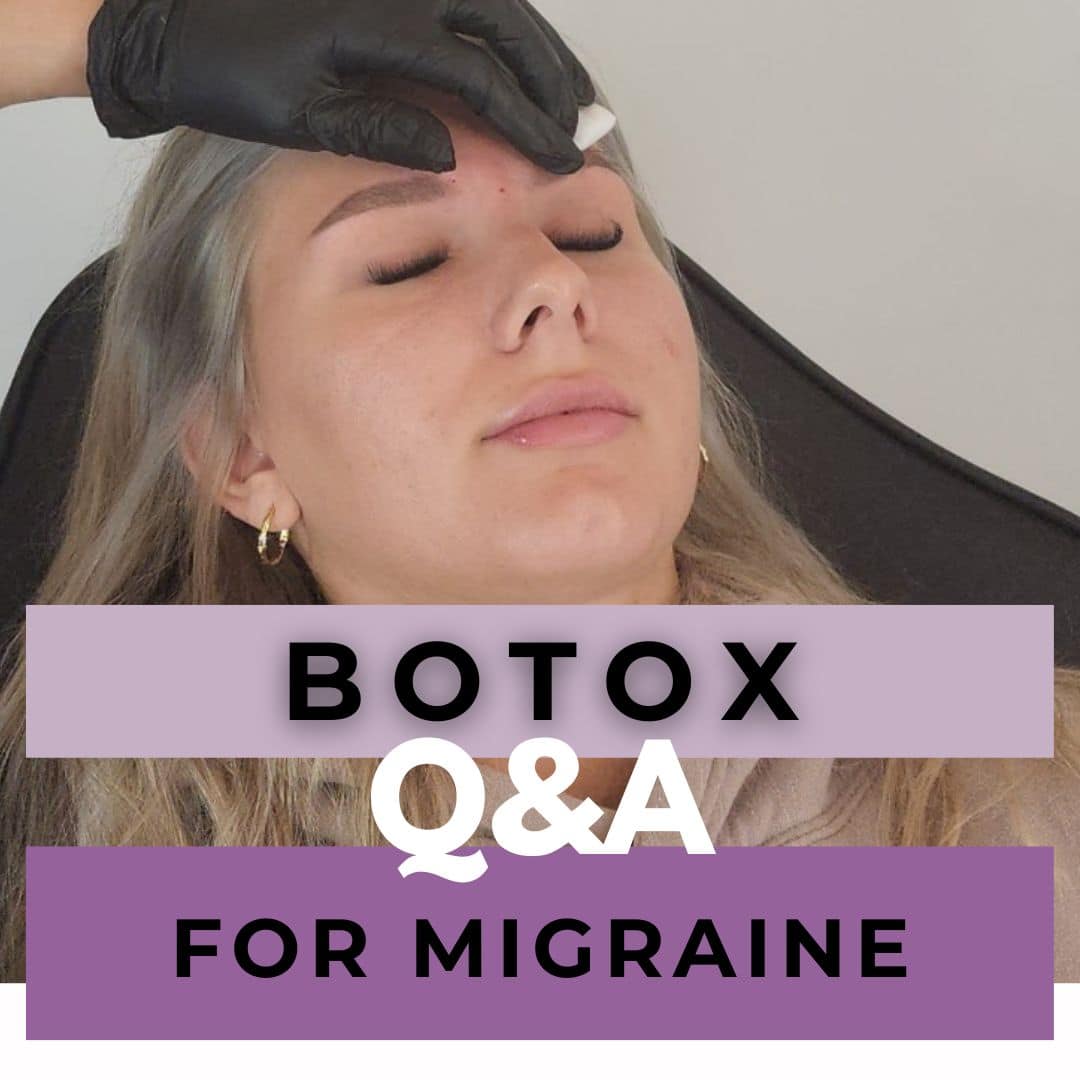Botox for Migraine: A Revolutionary Approach to Pain Relief
Introduction
Understanding the Role of Botox in Migraine Treatment
Botox, commonly associated with cosmetic procedures, has emerged as a groundbreaking treatment for chronic migraine sufferers. This blog post aims to explore how “Botox for migraine” works, its effectiveness, and what patients can expect from this innovative therapy.
Botox in the Medical Field
Botox Beyond Cosmetics: Its Medical Application
While Botox is famed for its wrinkle-reducing capabilities, its use in the medical field, particularly for treating chronic migraines, has gained significant attention. Approved by the FDA for migraine treatment, Botox offers a preventive approach to managing this debilitating condition.
How Does Botox Treat Migraines?
The Mechanism Behind Botox for Migraine Relief
Botox for migraine works by blocking neurotransmitters that carry pain signals from the brain. By preventing these chemical messengers from reaching nerve endings around the head and neck, Botox can effectively reduce migraine frequency and severity.
The Treatment Process
What to Expect During a Botox for Migraine Session
The treatment involves multiple injections around the head and neck, administered every 12 weeks by a qualified healthcare provider. Patients typically begin to notice improvement in their migraine symptoms after two to three treatment cycles.
Efficacy of Botox for Migraines
Understanding the Effectiveness of Botox in Migraine Management
Clinical studies have shown that Botox can significantly reduce the number of migraine days for chronic sufferers. It is most effective for patients experiencing more than 15 headache days a month, of which at least 8 are migrainous.
Who is a Good Candidate?
Determining Suitability for Botox Migraine Treatment
Not everyone with migraines will benefit from Botox. It’s primarily recommended for those with chronic migraine patterns. Consulting with a healthcare provider is essential to assess whether Botox is a suitable treatment option.
Potential Side Effects
Side Effects and Considerations in Botox Migraine Treatment
As with any medical procedure, Botox for migraine can have side effects, though they are typically mild and temporary. Common side effects include neck pain, headache, and injection site reactions.
Conclusion
Embracing a New Horizon in Migraine Treatment with Botox
Botox offers a promising option for chronic migraine sufferers looking for relief. With its proven efficacy and safety profile, “Botox for migraine” stands as a beacon of hope for many who struggle with this challenging condition.
Our Blog
Ta-da! I've gathered all the blog posts we've written about Botox in one convenient spot! These little nuggets of wisdom should help you on your journey to learning more about this amazing procedure!
Botox Before & After
What is Botox
- The Dangers of Bad Botox: How to Avoid Unwanted Results
- Is Botox Safe? Debunking the Myths and Misconceptions
- Side Effect of Botox
- How Does Botox Work? Understanding the Mechanism of Action
- What Does Botox Do
- How Long Does Botox Last?
- Botox Treatment
- Botox vs Juvederm: What's the Difference?
- What Is Botox Used For?
Botox For Migraines
- Botox for headaches
- Migraines Botox Injections Sites
Botox Injection
- Botox Consultation
- Botox Under eyes
Botox Underarms
Cost of Botox
- How much is Botox
- Botox Treatment prices
- Is Botox Expensive
- Price for Botox injections in the forehead
- How much does botox cost for forehead wrinkles?
- Is 50 Units of Botox a Lot?
- Units of Botox For Forehead Lines
- How Much Does Botox Cost in Canada? | A Comprehensive Guide
Lip Botox
Advanced Botox Techniques

